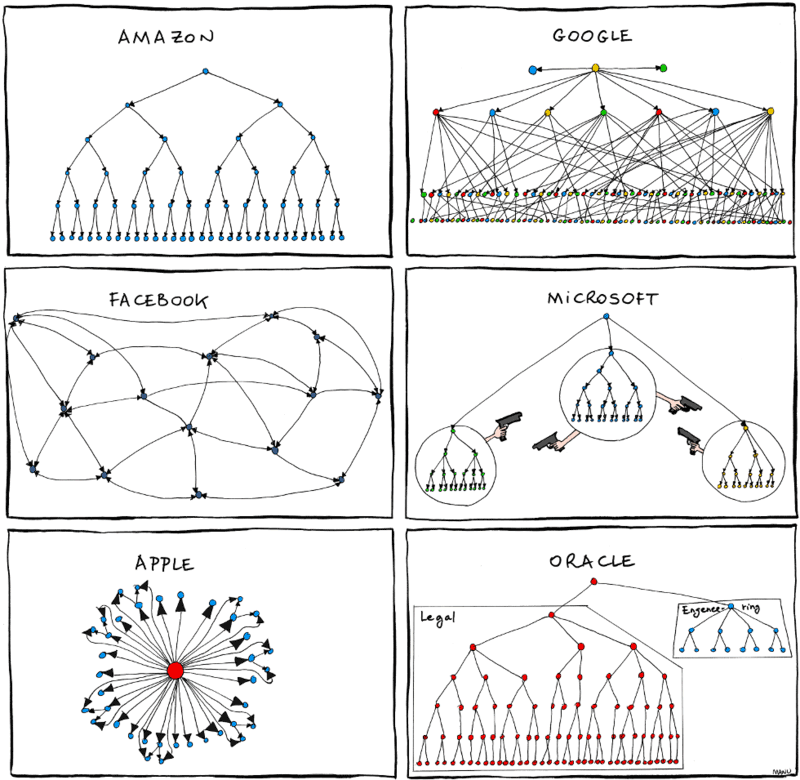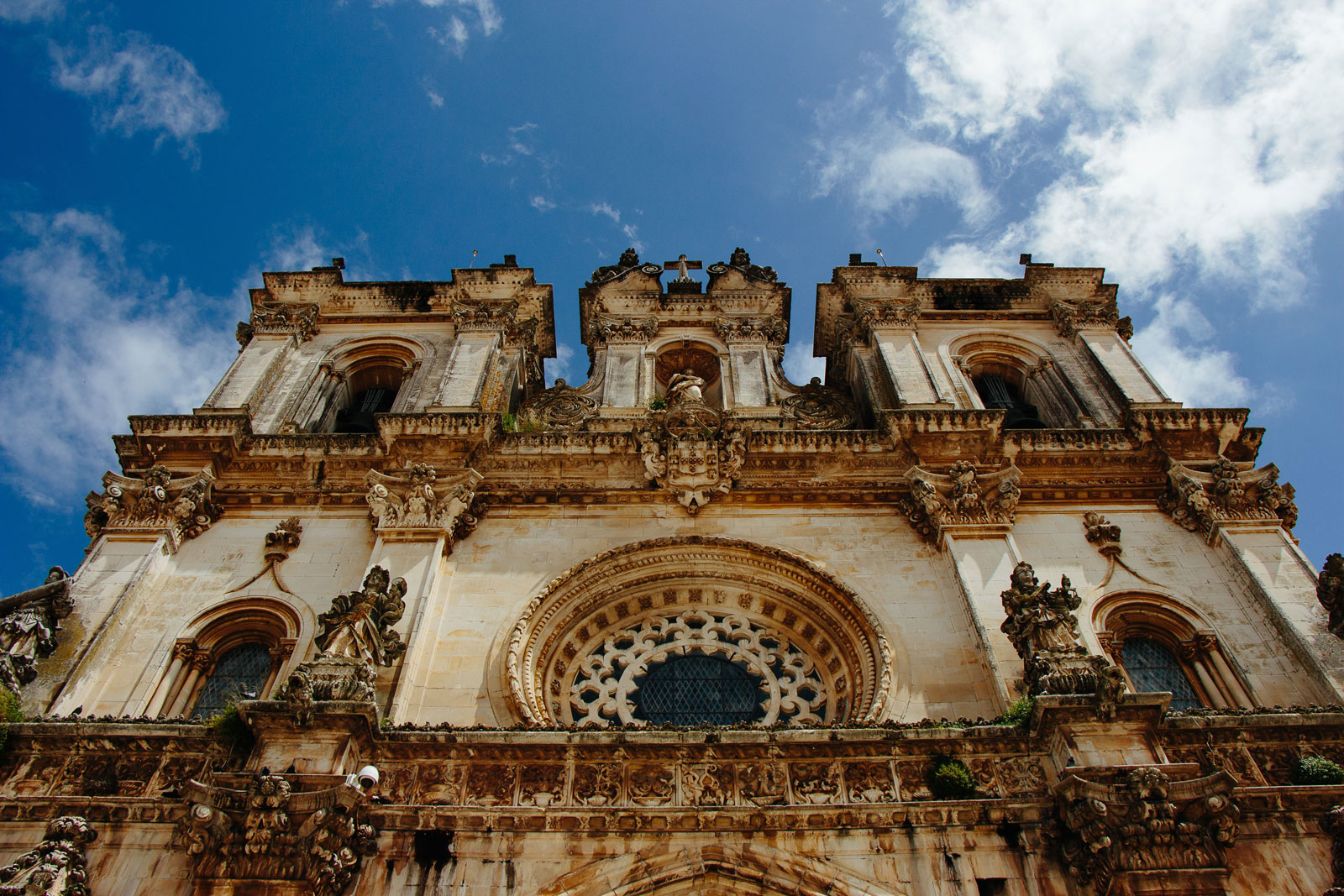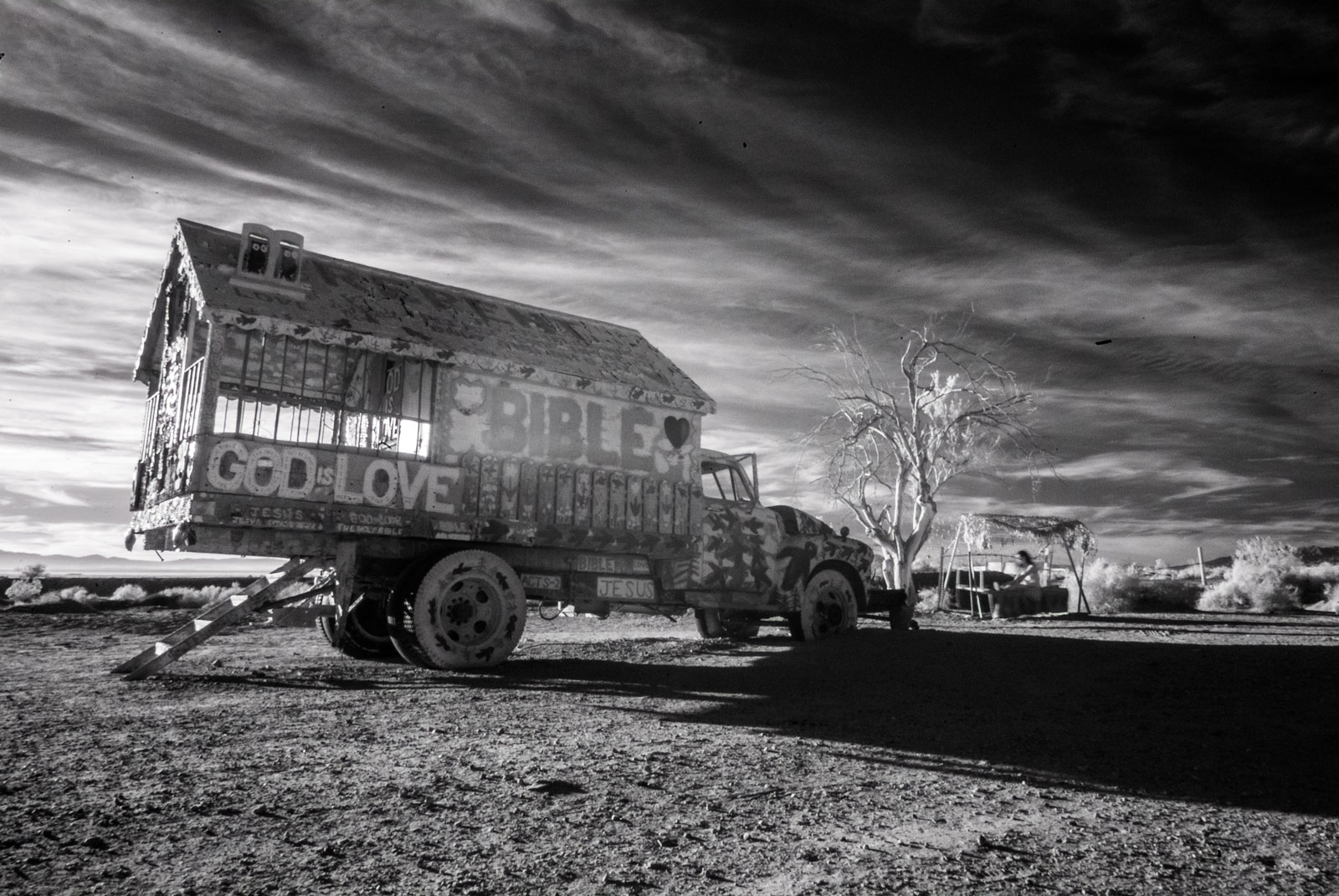Is Your Church Structure Killing Your Mission?
I love this story. Maybe you’ve heard it:
A young woman was preparing a ham dinner. After she cut off the end of the ham, she placed it in a pan for baking.
Her friend asked her, “Why did you cut off the end of the ham?”
She replied, “I really don’t know but my mother always did, so I thought you were supposed to.”
Later when talking to her mother she asked her why she cut off the end of the ham before baking it, and her mother replied, “I really don’t know, but that’s the way my mom always did it.”
A few weeks later while visiting her grandmother, the young woman asked, “Grandma, why is it that you cut off the end of a ham before you bake it?”
Her grandmother replied, “Well dear, otherwise it would never fit into my baking pan.”
It’s a funny story that is meant to make us think about why we do things the way we do. In some cases we just trust the traditions handed down to us, only to find out that the cultural conditions that created the tradition are no longer in play.
How organizations are structured
It brought to mind this funny diagram of fake org charts I saw on Seth Godin’s blog a few years ago.

Besides being a gentle poke at some corporate cultures, Seth also suggested that it “might help you think hard about why your organization is structured the way it is.
Is it because it was built when geography mattered more than it does now? Is it an artifact of a business that had a factory at its center? Does the org chart you live with every day leverage your best people or does it get in their way?”
Is your church structure hindering your mission?
Which got me thinking about churches.

Churches aren’t businesses, of course. They’re not merely organizations, either (though they are at least that).
And it’s important for churches to to take tradition more seriously than businesses, because our faith isn’t something we invented, it’s something we received. There is wisdom embedded in tradition that we ignore to our peril.
But not everything that is handed down is of the gospel. Within the continuity we are called to preserve as the faith has been handed down, we also must take seriously the rapidly changing cultural context each church must incarnate the presence of Christ within!
There is such a thing as cultural baggage that really does hinder mission. There is a difference between tradition that is sustained thoughtfully because of gospel continuity, and tradition that is sustained thoughtlessly, like cutting off the ends of the ham.
Church structure is one of those things that needs to be re-examined often.
Of course, having a structure doesn’t make a church. The Spirit creates the church, and its purpose is to be a dwelling place for God on the earth, to extend the incarnation of Jesus into space and time.
But every church (no matter how “organic”) is structured in some way, because there is no community without some kind of structure. This is important because the kind of structure we establish can either facilitate or hinder the life of the Spirit operating in the community.
Planting as a network of missional communities
We are planting a church right now, and we’re trying to be intentional about structuring it in a way that makes sense for mission (while maintaining a strong continuity with the tradition we are part of).
One of the ways we’re doing this is by planning to become a network of mid-sized worshiping communities, which are in turn made up of smaller “missional communities” focused on a way of life and prayer together.
Why? Because we believe it’s one of the best ways we can be the church according to the New Testament vision, while also connecting with the cultural context of our church plant.
We don’t think this is the only or best way to structure a church, and we’ve actually adapted significantly from our original vision, but it’s our best answer for our context as we’ve asked the question of how we best structure our life together to see the fulfillment of the mission we have.
So why is your church structured the way it is?
So I wonder: have you ever thought hard about why your church is structured the way it is? Here are a few questions to get you started in thinking about this:
- What values are being silently promoted by the way you gather?
- What you spend money and time on, what is celebrated?
- Where are there places where what you say is implicitly denied by how you’re structured?
- What does your structure allow and prohibit? What does it make easy and difficult?
- What kinds of results (fruit) are you getting from your current structure? Do those things line up with God’s values for his church?
In other words, for us as church leaders, perhaps it’s time to start asking why we cut off the end of the ham!
P.S. This is the kind of work we do with churches and businesses in our consulting. Contact us if you’re interested in exploring this!
This work by Gravity Commons is licensed under CC BY-NC-ND 4.0
Free Spiritual Formation Exercise
Learn how to reckon with desire in your faith journey (something that's kind of scary for most of us).
Just want to stay in touch?
Join our mailing list
Join the Gravity Community
A space for people who want to find their way into a more generous, joyful, decolonized Christian faith together.

